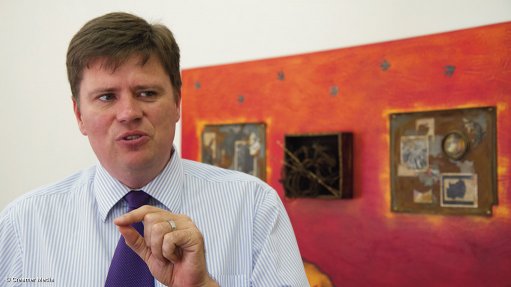
JOHANNESBURG (miningweekly.com) – A step change is needed in the safety performance of the South African mining industry if it is to attain its zero harm goal before 2040.
In 2003, the South African mining industry agreed to be world class by 2013 by reducing fatalities by 20% a year over ten years.
As it turned out, South Africa bettered the performances of Australia, Canada and the United States over the ten-year period, with the help of overhead net and bolt systems, which slashed fall-of-ground fatalities by 80%, and several other initiatives, including the use of life-saving proximity detection systems.
But at this rate, it will take until 2040 to reach a level of less than five fatalities a year, Chamber of Mines of South Africa head: safety and sustainable development Sietse van der Woude told Mining Weekly Online in a video interview on Tuesday (see attached).
Last year 112 people died on South Africa’s mines, 158 fewer than the 270 who died in 2003, and so far this year 87 people have died, two less than the 89 who had died over the same period last year.
Against that background, Van der Woude emphasised the need for mining to look beyond current practices and embrace new mining methods and technologies, in addition to executing existing initiatives optimally.
He said a number of mining majors were developing completely new ways of mining and plans were also at an advanced stage for a centre of excellence in mine health and safety, which would dovetail with the introduction of innovations.
A team from the Mine Health and Safety Council, the statutory body tasked with establishing the centre, had undertaken a study tour of global institutions with the aim of facilitating South Africa’s transition to sustainable mining through innovation.
The Mine Health and Safety Council falls under the Mine Health and Safety Act and is made up of five employer representatives, five labour representatives and five State representatives.
Mining companies pay R40-million to R50-million a year to the council, mainly to fund research.
The statutory Technology Innovation Agency, which supports the commercialisation of innovative technologies, may also become a role player.